If you have an injury requiring surgery—or you’ve already had one—physical therapy both before and after your procedure can help optimize recovery. Research shows that pre-surgical exercises can boost strength and range of motion, while post-surgical therapy aids in preventing scar tissue build-up and restoring your functional baseline. At The PT Zone, we focus on each stage to help you heal faster and more completely.
- Enhance muscle strength and flexibility pre-surgery
- Promote better healing with early, guided post-surgical movement
- Reduce scar tissue development for improved mobility
- Gradually reintroduce exercise to restore your prior functional level
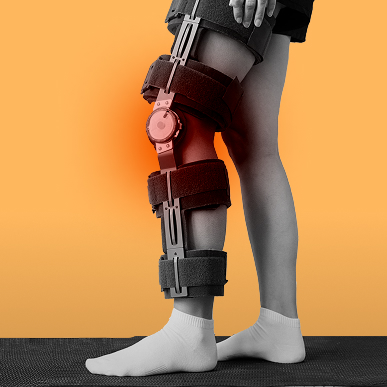
Let us help you move freely and
comfortably again
Undergoing surgery can be stressful, but the right preparation and follow-up care can make a world of difference in your healing. Prior to an operation, we concentrate on improving strength, range of motion, and control in the affected area, which often leads to quicker post-surgical recovery. By addressing weaknesses and imbalances ahead of time, we help your body cope with the physical demands of surgery.
After your procedure, our goal shifts to guiding you through the immediate post-operative phase, carefully restoring movement and function without risking complications. Our personalized approach includes progressive exercises to prevent stiffness and scar tissue buildup. We work in close consultation with your surgeon’s protocols, ensuring you progress safely at every step—ultimately returning you to the activities and independence you enjoyed before surgery.
Through a balance of rest, targeted exercise, and manual therapy, we help you build confidence in the healing joint or muscle group, so you can regain full mobility and strength as quickly as possible.
Our Therapies for Pre & Post Surgical Rehab:
A successful surgery is just one step in your journey. We’re here to help you build strength before and speed recovery afterward.
-
Balance Training
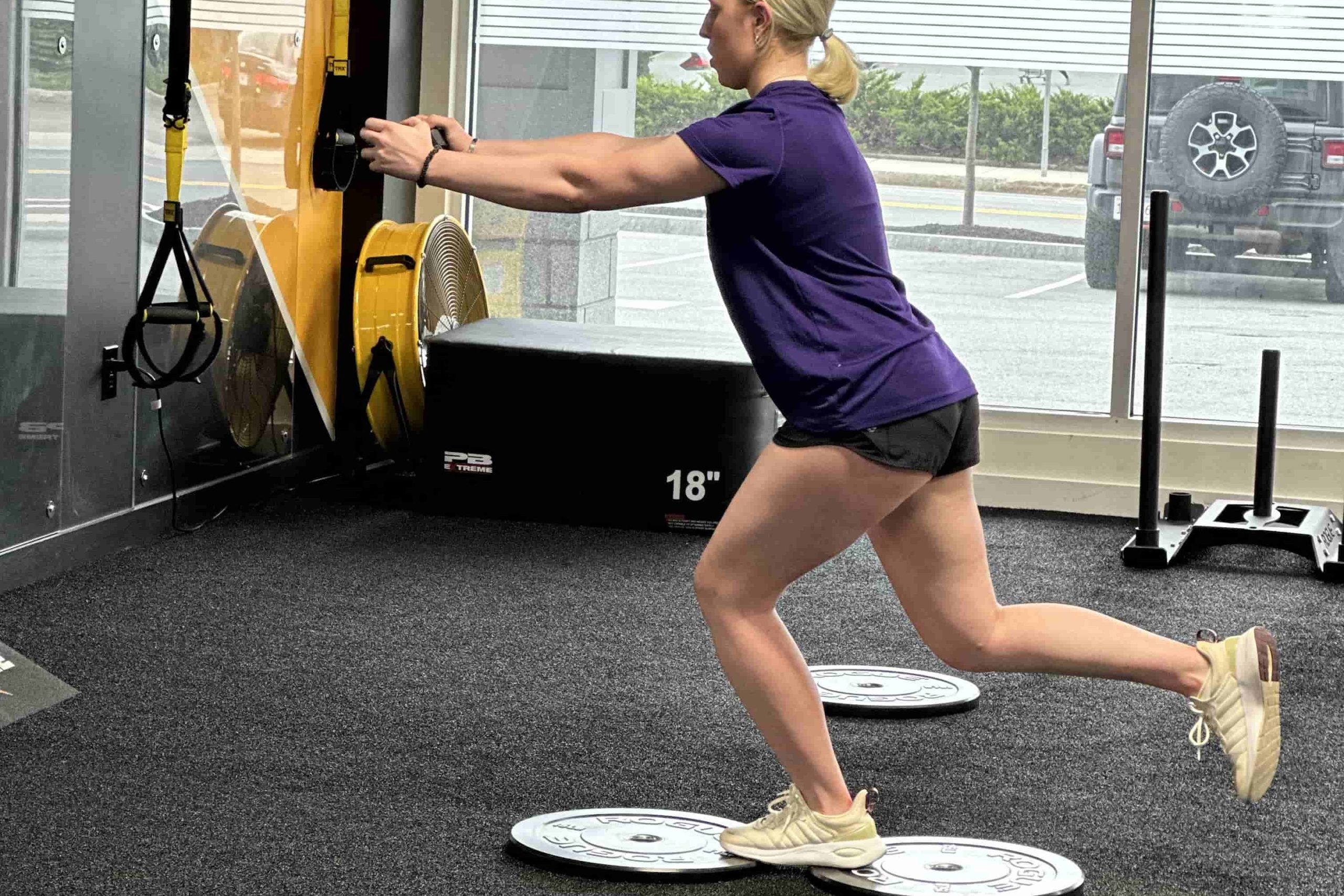
Balance Training is a specialized approach that strengthens stabilizing muscles, enhances coordination, and reduces fall risks, ultimately improving posture and promoting confident movement.
-
Certified Manual Therapy
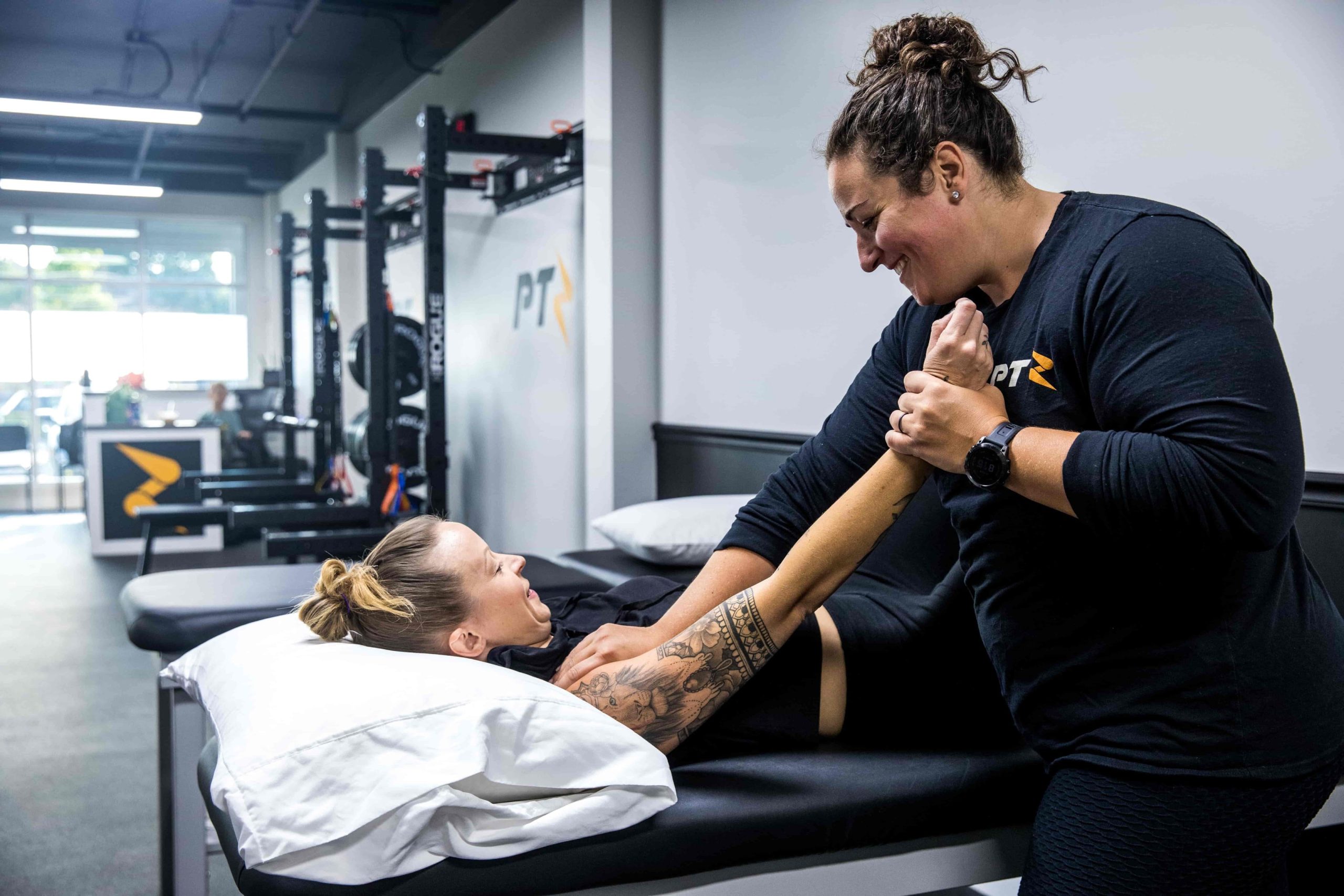
Certified Manual Therapy is a hands-on approach that addresses joint, muscle, and connective tissue dysfunction, reducing pain, improving alignment, and promoting faster, more efficient recovery.
-
Cupping

Cupping therapy is an ancient healing technique that uses suction to enhance circulation, relieve muscle tension, and promote the body’s natural recovery process.
-
Dry Needling
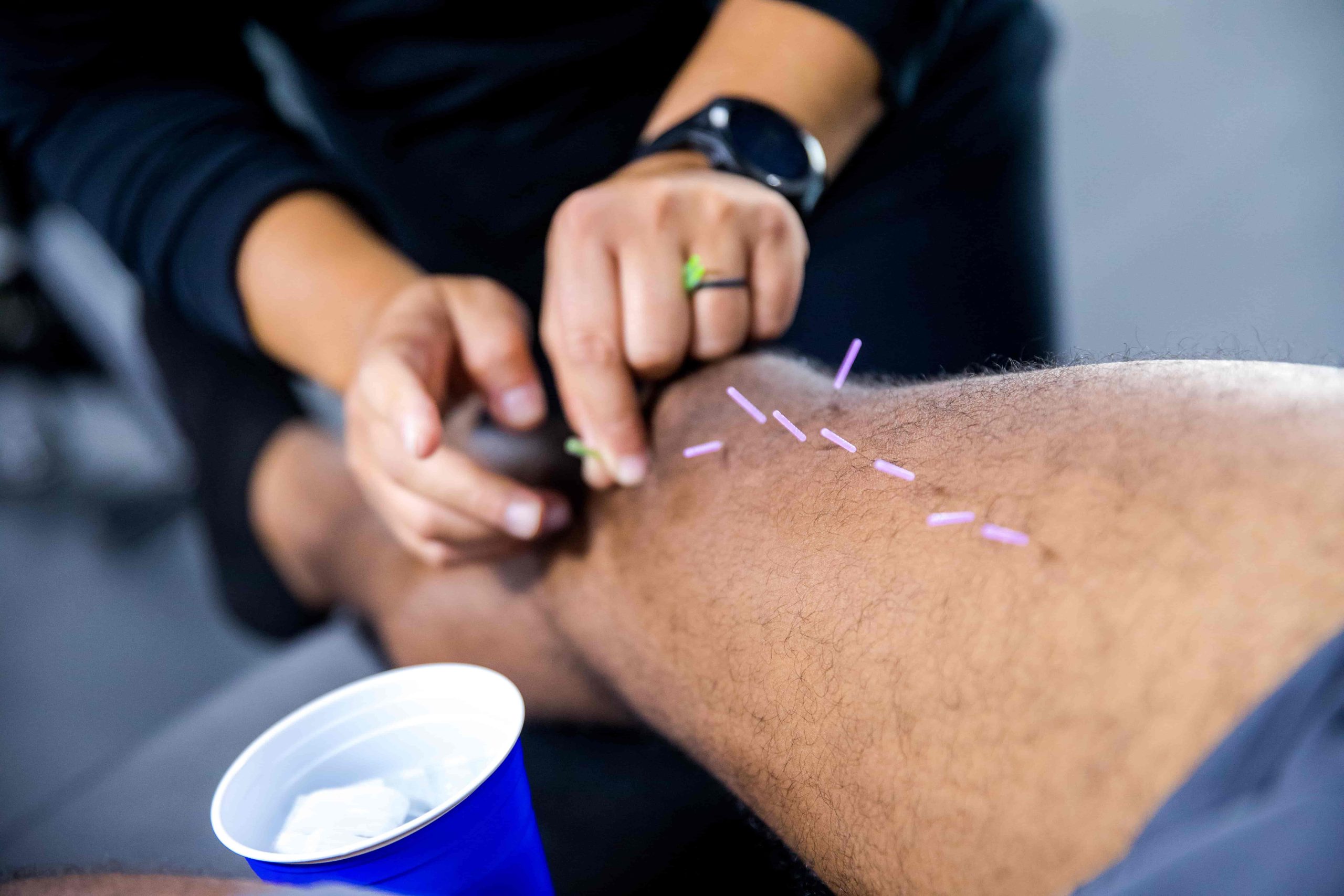
Dry needling is a modern therapy that targets muscle trigger points with thin needles to relieve pain, reduce tension, and restore mobility.
-
Gait Training
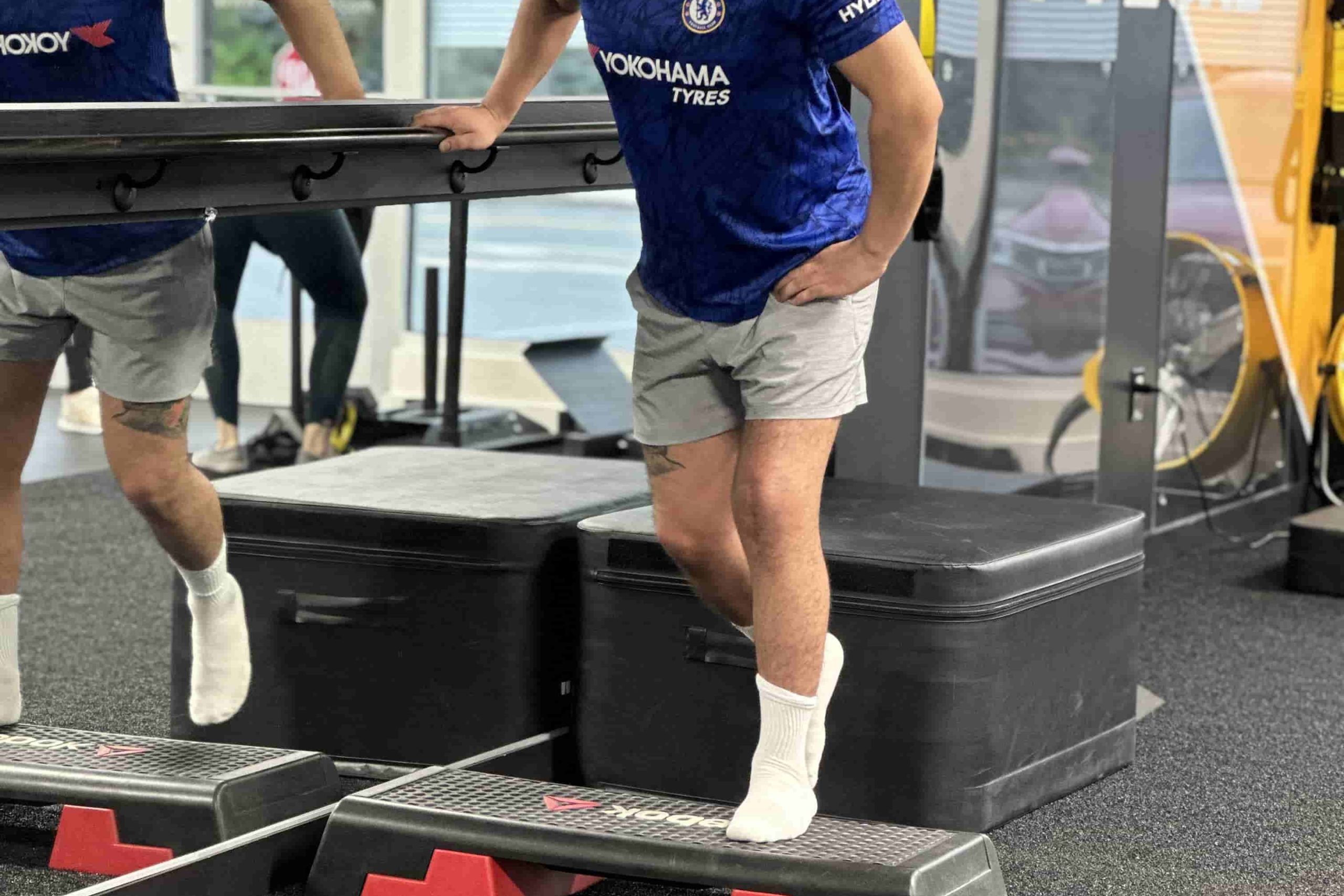
Gait Training is a specialized approach that enhances walking mechanics, improves lower-limb strength, and reduces re-injury risks, ultimately promoting more efficient movement.
-
Graston Technique

Graston Technique is a specialized manual therapy that uses stainless steel instruments to break down scar tissue, improve mobility, and accelerate healing.
-
Kinesiotaping
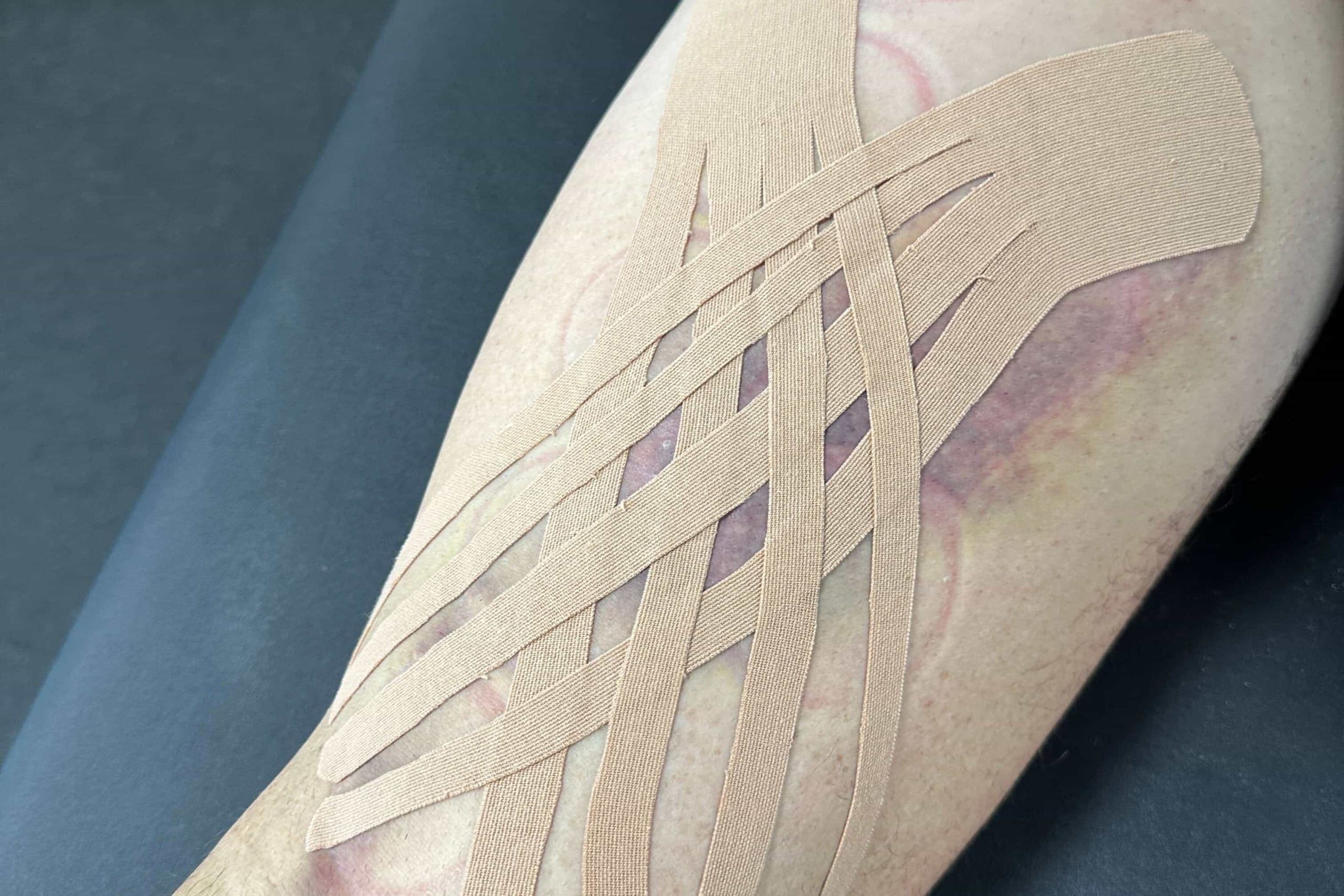
Kinesiotaping is a flexible taping method that provides gentle support, improves circulation, and helps maintain natural movement for a more comfortable and effective recovery.
-
Manual Traction
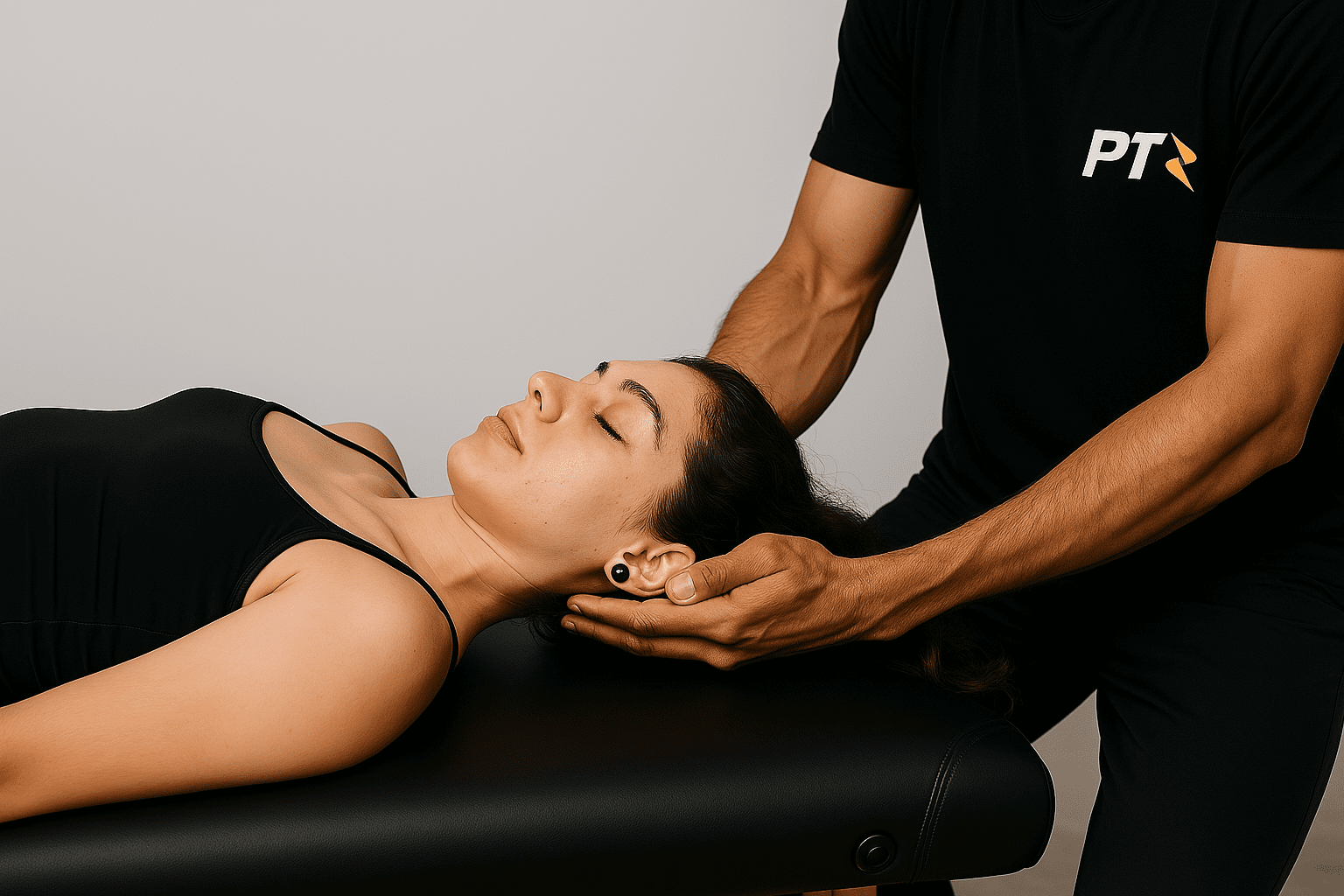
Manual Traction is a gentle, hands-on method used to decompress the spine, relieve pressure on discs and nerves, and improve overall comfort and mobility.
-
Post-Surgical Rehab
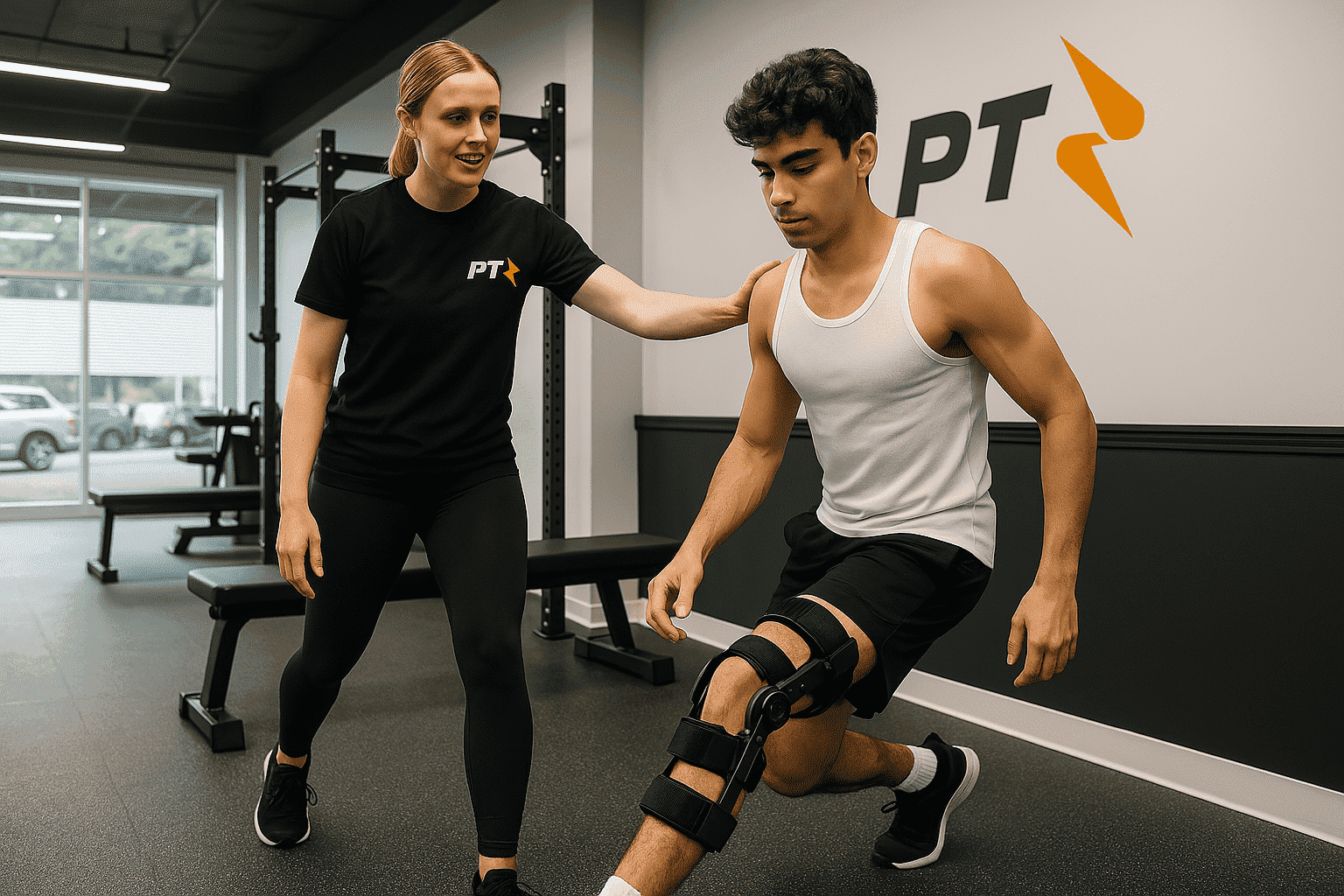
Post-Surgical Rehab is a structured recovery process designed to restore mobility, manage pain, and rebuild strength after surgery, ensuring a safer and faster return to your everyday activities or sports.
-
Physical Therapy for Weightlifters & CrossFit
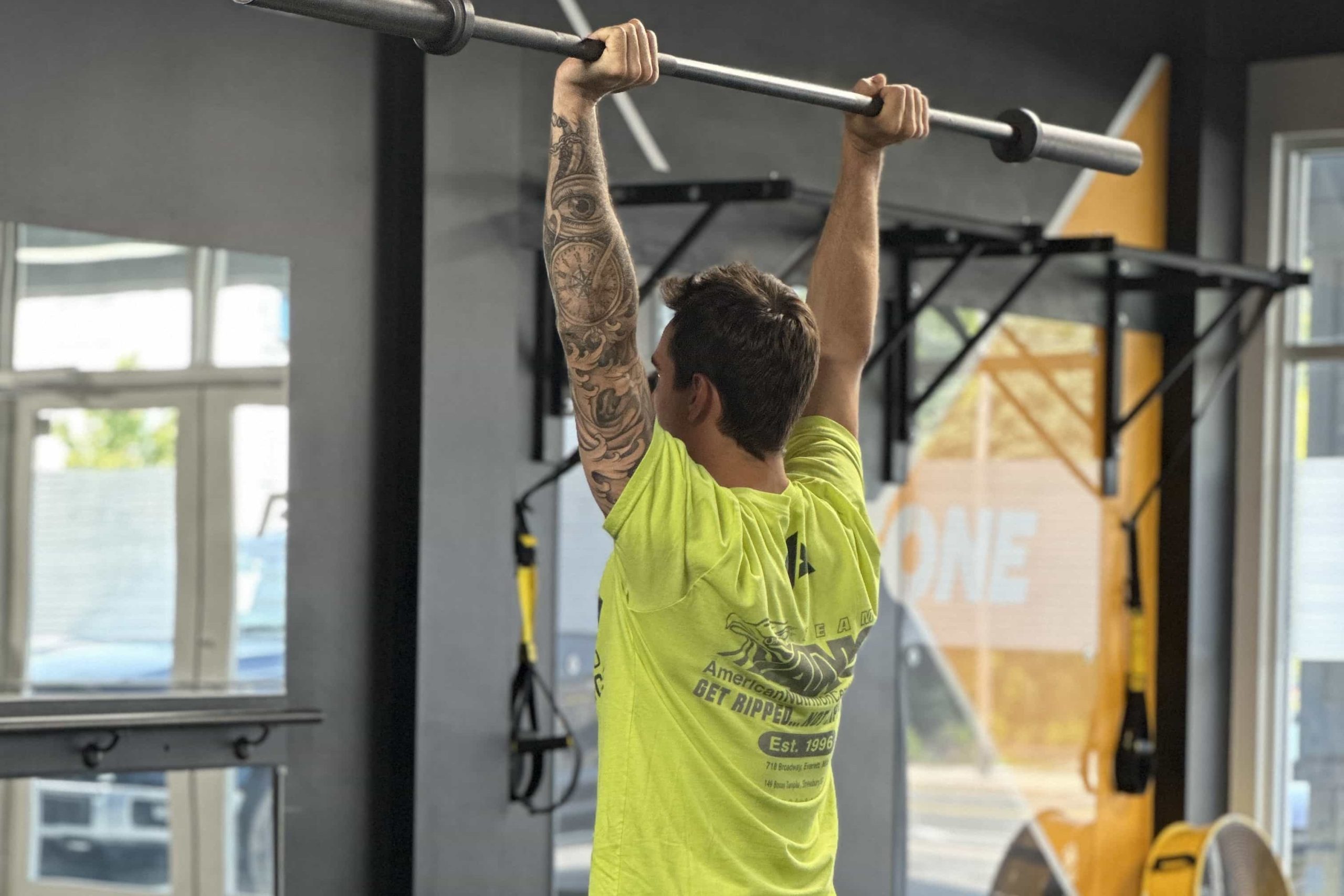
Physical Therapy for Weightlifters & CrossFit focuses on proper lifting mechanics, correcting muscle imbalances, and managing stress on joints to prevent pain, accelerate recovery, and enhance overall strength gains.
-
Physical Therapy For Runners
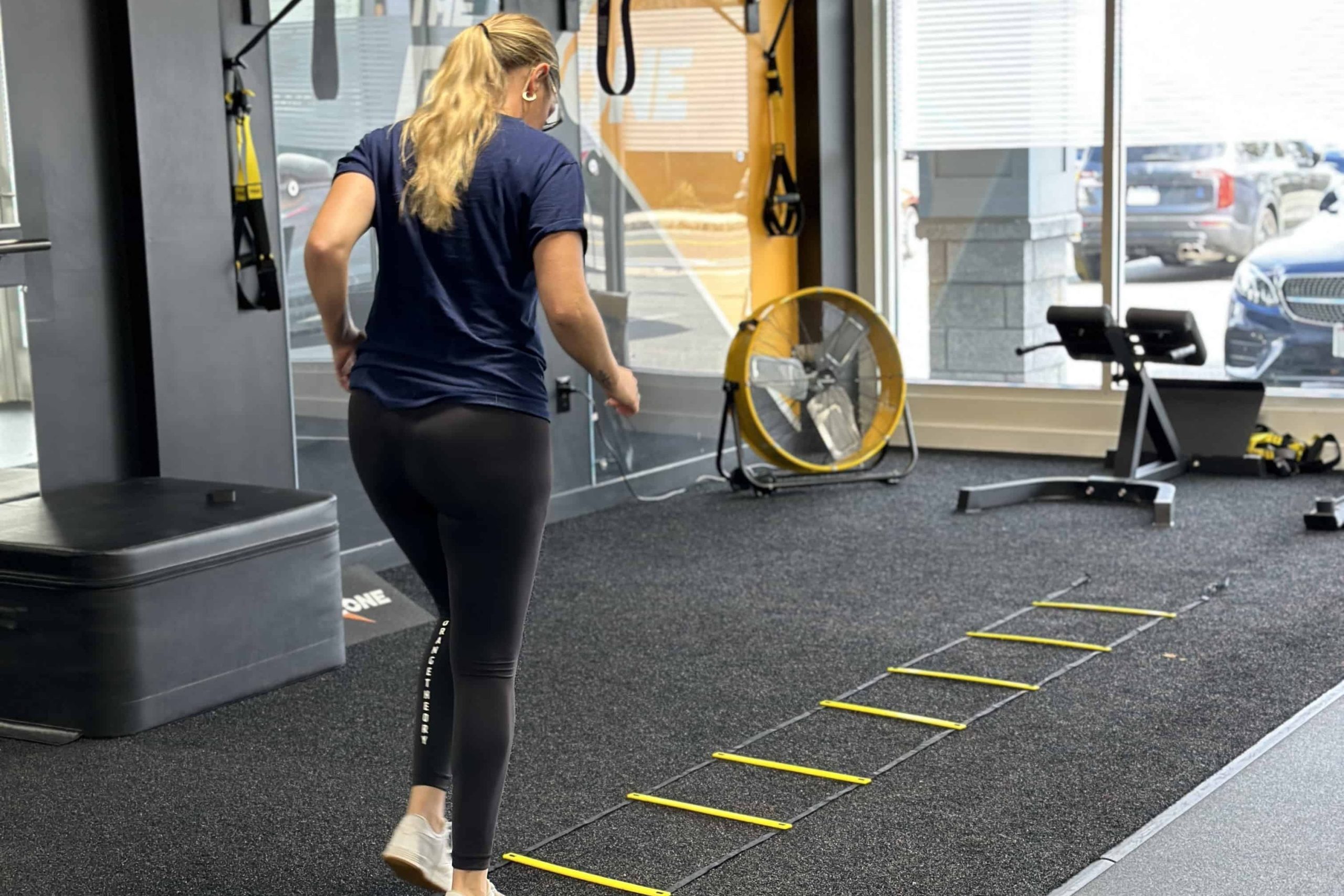
Physical Therapy for Runners focuses on refining running form, addressing muscle imbalances, and enhancing lower-limb stability to prevent injuries and boost performance.
-
Neuromuscular Massage Therapy
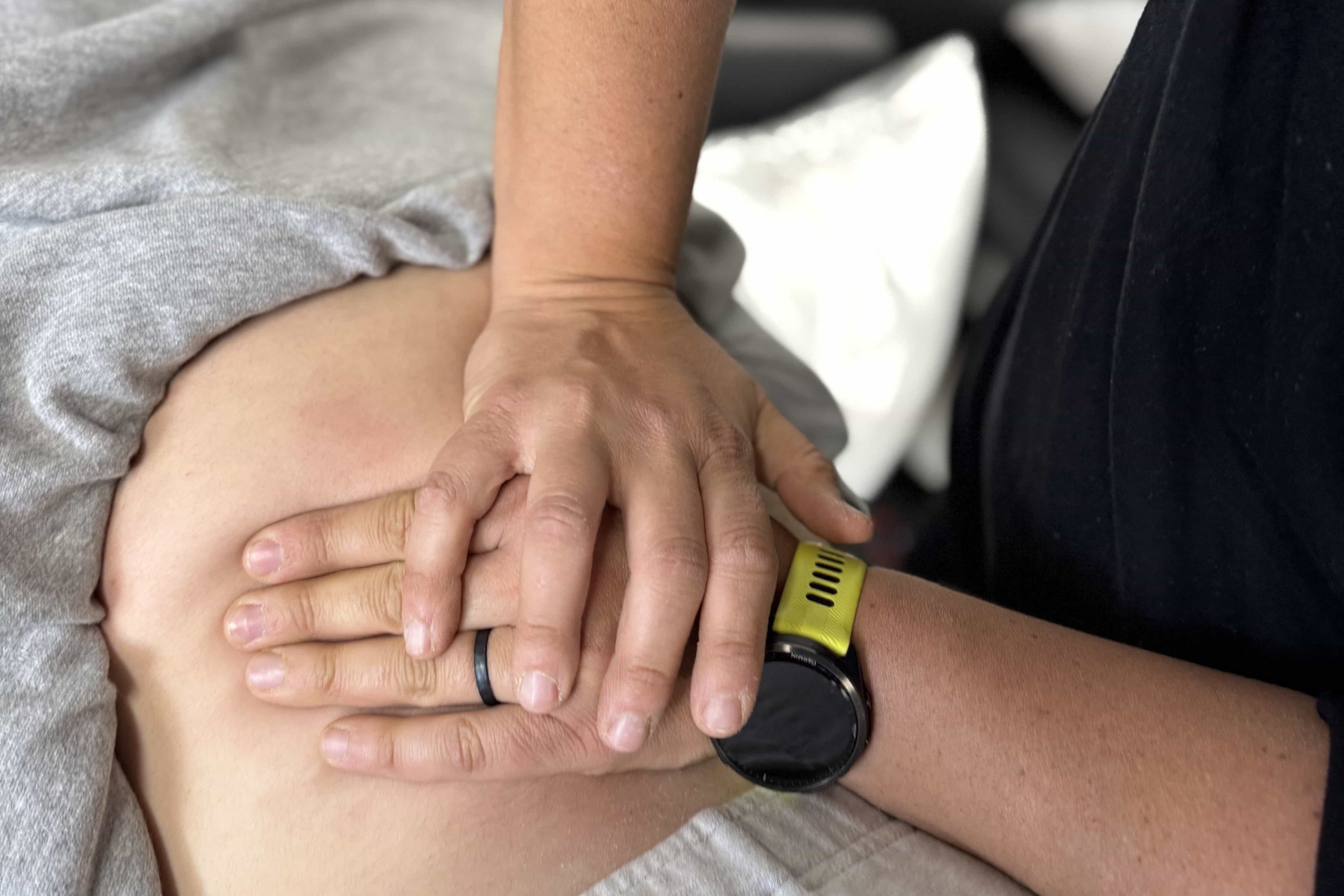
Neuromuscular Massage Therapy (NMT) precisely targets trigger points in muscles and connective tissues, relieving tension, restoring proper function, and promoting long-term pain relief.
-
Sport Specific Training
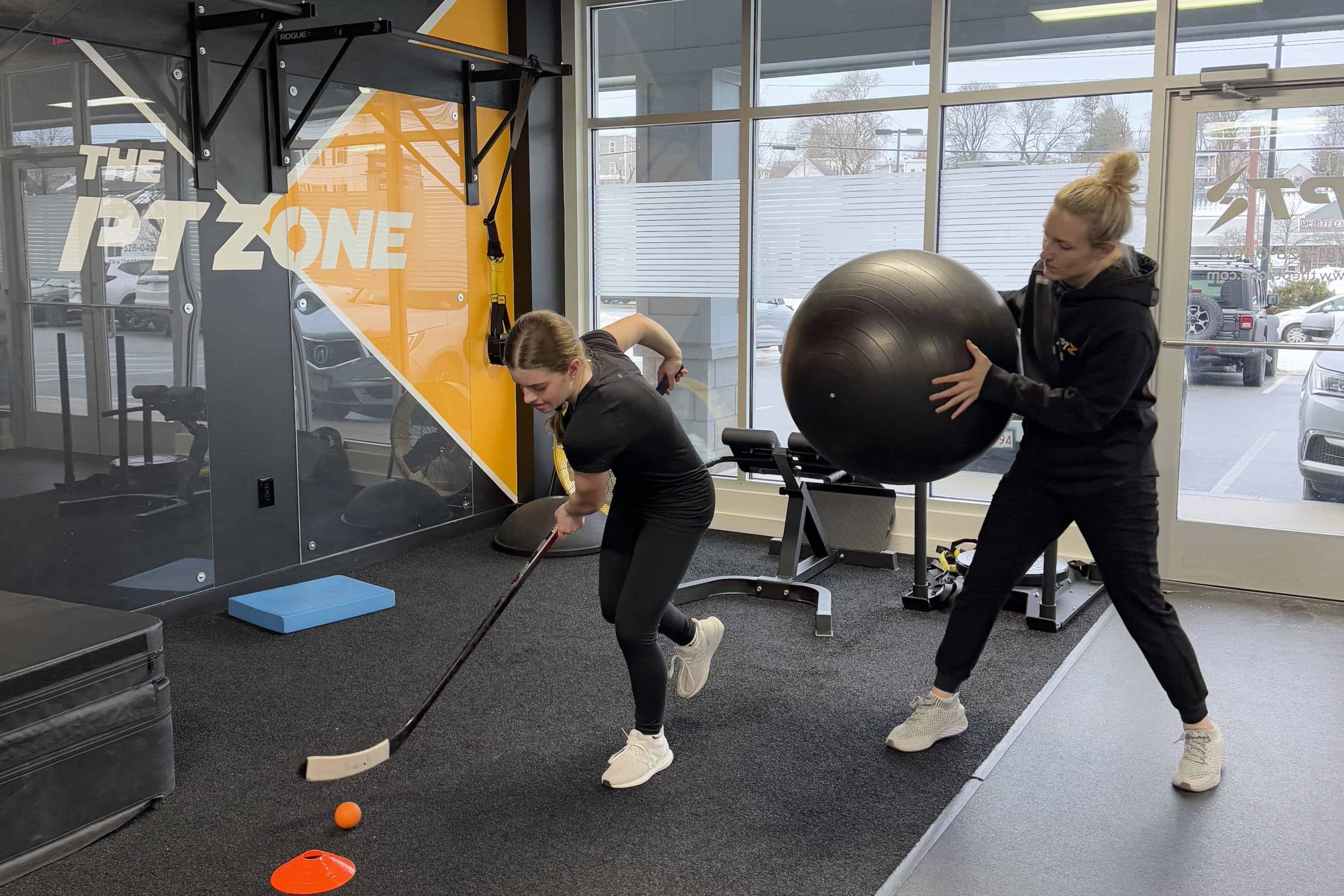
Sport Specific Training tailors rehab and performance drills to your unique sport demands, ensuring a faster return from injury or surgery, improving endurance, and re-educating proper movement patterns for safe, efficient play.

At The PT Zone, we’re committed to ensuring your body is prepared for surgery and fully supported afterward.
Our comprehensive approach addresses both pre- and post-operative needs, so you can heal thoroughly and regain your active lifestyle. Let us guide you every step of the way, ensuring a faster, safer return to daily activities.
Common Questions from Pre & Post Surgical Clients
1. Why is physical therapy beneficial before my surgery?
Strengthening and enhancing mobility prior to surgery can give you a head start on recovery. Prehab often helps muscles adapt better to the physical stress of an operation, potentially reducing pain and recovery time afterward. By improving circulation, joint flexibility, and neuromuscular control, you build a foundation that supports faster healing. If you enter surgery at your best possible physical state, your body can better handle post-surgical challenges. This combination of preparedness and resilience typically translates into smoother rehabilitation down the line.
2. How soon after surgery should I start therapy?
This depends on your surgeon’s protocol and the nature of your procedure. In many cases, gentle movement can start within days—or even hours—after surgery to prevent stiffness and improve blood flow. We collaborate with your surgical team to ensure any exercises are safe and beneficial. The earlier we begin monitored activity, the more quickly you’ll regain strength and prevent complications like excessive scar tissue. Starting therapy too late can slow progress, so we aim for a balanced approach to initiate healing without aggravating your surgical site.
3. Will physical therapy fully restore me to my pre-surgery level?
In many cases, yes—our primary objective is helping you recover to (and sometimes beyond) the level of function you enjoyed before the operation. Your ultimate results depend on factors like the complexity of your surgery, your overall health, and your commitment to the therapy plan. With consistent effort, most people see significant improvements in range of motion, strength, and flexibility. We’ll tailor exercises to challenge you safely, monitor your progress, and adjust as needed. Over time, you’ll typically find that your everyday activities and hobbies become easier and less painful.
4. Are there risks to exercising so soon after surgery?
When done under professional supervision, early post-operative exercises generally carry low risk and offer significant benefits, such as reduced swelling and scar tissue. We use protocols designed to respect incision sites, protect sutures, and account for pain levels. Overexertion or unsupervised activities, however, can lead to setbacks like wound complications or re-injury. That’s why our therapists carefully monitor each patient’s tolerance, adjusting movements to ensure safety. By following the right guidelines, you’ll see faster gains without jeopardizing your surgical repairs.
5. How does therapy help with scar tissue?
Post-surgical scarring can limit mobility if not properly managed. Physical therapy techniques, such as soft tissue mobilization and guided stretching, keep healing tissues flexible and well-aligned. By promoting healthy collagen production, we reduce the chance of adhesions that can restrict your range of motion. We gradually introduce more challenging exercises as tissues adapt, maintaining good circulation and elasticity. With consistent effort, scar tissue becomes less restrictive, allowing you to move more naturally during everyday tasks and workouts.
6. How do you customize therapy for different surgeries?
Each procedure—like a joint replacement, ACL repair, or spinal fusion—comes with unique challenges. That’s why we tailor your therapy plan to the tissues involved, surgical precautions, and your personal goals. We coordinate with your surgeon’s guidelines, gradually introducing exercises that match your stage of healing. Whether you need to rebuild leg strength to climb stairs, restore upper-body mobility for daily tasks, or work on balance to prevent falls, every step is customized. This individualized approach yields optimal results for your recovery timeline and lifestyle demands.
7. How long will I need therapy before I’m fully recovered?
Recovery durations vary widely depending on the surgical procedure, your body’s natural healing rate, and how diligently you follow your home exercise plan. Some individuals may transition out of formal therapy within a few weeks, while more complex surgeries can require multiple months of consistent care. Throughout this time, we’ll track your improvements, adjust your program, and provide timelines that reflect your progress. Patience is key, and sticking to your personalized exercises and follow-up appointments often leads to a full return to normal or even enhanced functionality.















